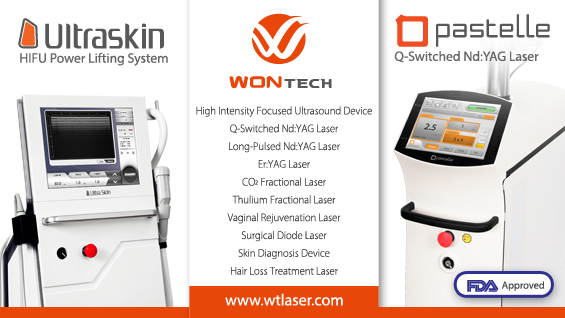
Tattoos could stay popular throughout a large period of human history because of the relative safety of the ink. India ink is a type of black ink commonly used in the medical field and has established safety profiles. For example, it is used in making pre-surgical marks, or a radiation marker.
A carrier is needed to stably insert tattoo ink into the human skin. Ethyl alcohol (ethanol), purified water, witch hazel, Listerine, propylene glycol, and glycerine (glycerol), etc. are often used as a carrier. Ethyl alcohol, one of the most important ingredient of carrier, prevents bacterial contamination of the tattoo ink and distributes pigments in the skin, enabling the even appearance of a finished tattoo. However, it increases the skin’s permeability to other substances and can allow deep infiltration of foreign bodies in the skin. Therefore, caution is needed to avoid injecting the needle to deep or overlapped delivery of ink to a limited area. Glycerine is also a very important pigment carrier. Glycerine determines the viscosity of the ink. Tattoo performers are often unable to adjust the viscosity of tattoo ink correctly. When the viscosity is too high, performing the tattoo procedure becomes very difficult. The ink on the needle tip does not get delivered to the skin and even when the ink does reach the skin, it often clots and does not spread evenly. On the other hand, poor viscosity can cause the injected ink to be displaced and disappear. Therefore, the amount of glycerine is very important for the outcome of a tattoo procedure.
.jpg)
Figure 1. Skin reaction to tattoo ink insertion.
Tattoo Pigment Fixation
Let’s take a look at how the human body reacts to the inserted tattoo ink and how such reactions can cause the ink to change color.
In a tattoo procedure, a rapidly moving needle deposits ink into the skin by puncturing through the epidermis and dermis. For the first hours and days, the ink that is placed in the epidermis and dermis triggers immune response and is surrounded by immune cells. During this time, the skin is swollen from trauma and the tattoo is not yet clear. However, 10-14 days after the procedure, immune cells surrounding the ink subside and are replaced by fibrocytes. In 28-42 days, the ink that was initially deposited in the epidermis is lost through epidermal turnover and a new layer of epidermis covers the ink deposited in the dermis.
[Advertisement] Ultra Skin/Pastelle – Manufacturer: WONTECH(www.wtlaser.com)
Korea Regulates Tattoo Ink more Strictly than the US
In the US, where 25% of the population has at least one tattoo on their body, regulation of tattoo ink is more relaxed. The Food and Drug Administration (FDA) regulates the safety of medical, pharmaceutical products, food and cosmetic products and uses strict standards for clinical studies and frequent reviews to ensure safety. As for the pharmaceutical and medical products, it falls upon the manufacturers to prove the safety. However, FDA regulates cosmetic products less strictly and only bans those that it deems unsafe. As tattoo ink falls under the category of cosmetic products, FDA does not ban or limit the use of ink products unless there is a widespread controversy. The manufacturer only has to submit MSDS (Material Safety Data Sheet) and they are allowed to market the product to the public.
Fortunately, Korea applies stricter standards for tattoo ink. The Ministry of Environment is the authority on certifying tattoo ink since June 2015. However, no commercially available ink products are certified. Some manufacturers are said to be in talks with the government to improve the regulatory system but it seems customers still have to wait until safe, certified tattoo ink becomes available.
-To be continued




















